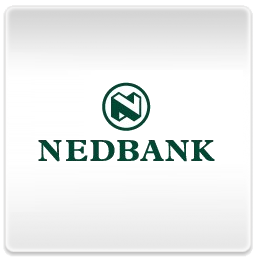SXSW: Behaviour on the Internet
Submitted by John Beale on Mon, 2013-03-18 17:11

The majority of all the sessions I attended had one key point - explaining how humans behave on the web, and how we can take "advantage" of that behavior.
Sounds easy, but it seems most of us, as much as we use the web, take little notice of the finer human nuances to how people share, gather, read and talk. In a talk about cyber bullying with the creators of itgetsbetter.org, they highlighted the fact that in certain communities people enjoy being anonymous. This simple human truth - that we all have secrets and don't necessarily share everything with everyone - is why many LGBT forums exist, allowing people to come together in a closed community and talk about their challenges or fears. Community, even in anonymity, is strong.
Matthew Inman, founder of TheOatmeal shed more light on this thinking when he said "Google is what you're interested in when no one's looking - Facebook is what's you're interested in when everyone's looking". This shift in thinking and understanding that people share their personal stories yet in total anonymity of their lives, based on who's watching, is so true of us in real life as well as online.
What we do like to share also depends on the platform. Brands need to recognise that content for different channels is key, and the way that content is shared or hosted is also currently wrong. Brands need to learn to talk in the language of the Internet, and tap into the existing places people are going to ‘time out’, and be there in the right way. Jonah Peretti, CEO of Buzzfeed explains how Virgin mobile has done this well; They created posts such as ‘10 movies that would have changed if they had a cellphone’ Posts like these do incredibly well on Buzzfeed because they talk not only in a way the audience resonates with, but that is also shared by the brand itself.
A similar learning came from the VP of Social at Cisco (and the rest of the panel) who spoke about business to business social media marketing, and the need for businesses to elevate their staff who are product specialists and knowledge hubs to the surface of social. Why? Because people want to speak to people, even more so in a B2B environment, where trust is valued above all.
The panel also touched on the fact that even though B2B communication via social can be quite serious, that video and simple infographics or slideshare resources are much more likely to be shared. This again talks to the need for content that is not branded, but rather talks to shared values within a community. Brands also need to realise that the consumer is more than one person, and humanising the approach to content will encourage more sharing and engagement on your platforms.
I few key learning’s I took out of these talks, were:
- Be vigilant in your approach to niche communities - if you give them the right platform and the right content, the impact is a lot larger.
- People are on social as people, and brands need to learn to appeal to the identity of those people now more than ever to get their attention
- People will get behind a cause; if the shared value or reason behind it talks to the greater good then they will gladly spread your message.
- It is OK to publish, and not to take comments. There are places for commentary and feedback, but it's OK to have a rhetorical performance.
- Humans relate to humans, and want to relate more with those with similar shared experiences to better their own.


















